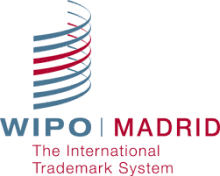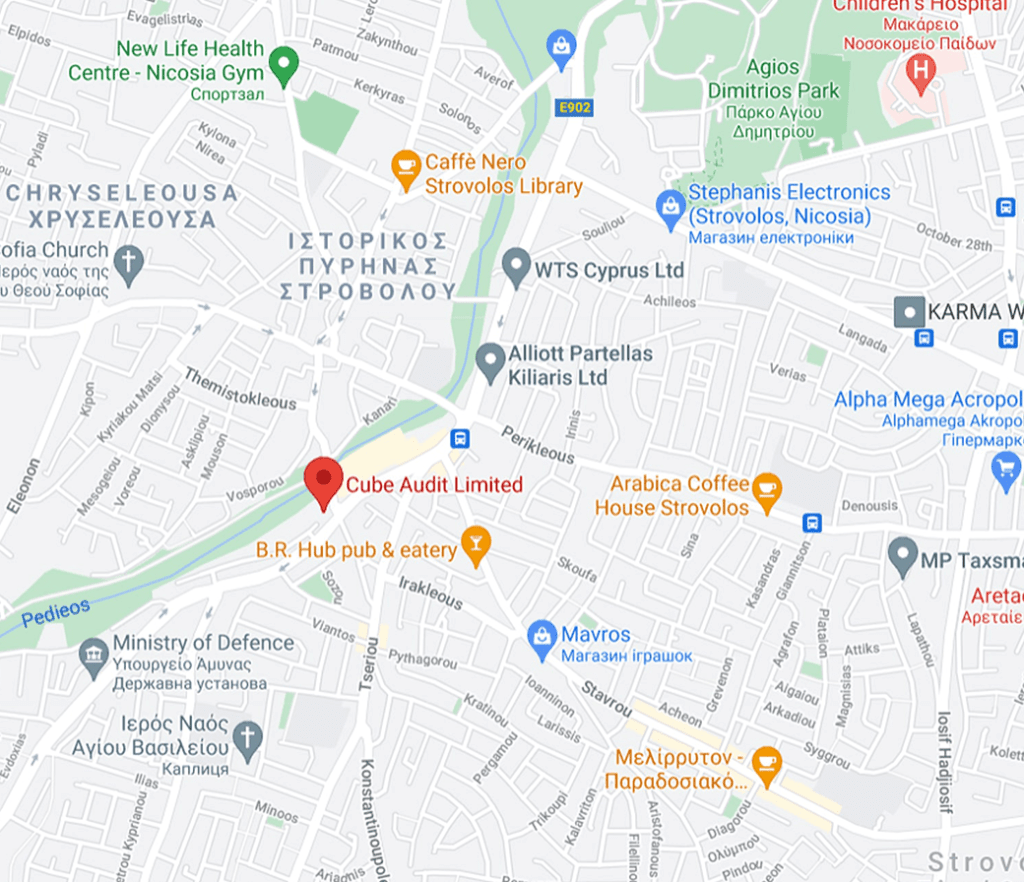WHAT IS IP BOX REGIME?
IP Box Regime (known also as a patent box, innovation box or IP box) is a corporate tax regime used by many countries to incentivize research and development activities by taxing revenues deriving from licenses, royalties, patents, sale or transfer of qualified IP assets differently offering lower taxes compared to other commercial revenues.
HISTORY OF IP BOX REGIME
Ireland introduced for the very first time a scheme in its Corporation Tax on 1970s, more specifically, was section 34 of the 1973 Finance Act, that gave the first incentive to total tax relief to respect royalties and other income from licenses patented in Ireland, even though this scheme was withdrawn later on 2010 under the National recovery Plan 2011-2015 of the Republic of Ireland.
French Tax Authorities, decided to adopt Ireland’s example, on 2001 in reducing rate of tax of revenues gained from IP licensing or the transfer of qualified IP. Later IP box regime started being a financial “trend” for several European countries such as Belgium, France, Hungary, Luxembourg, Netherlands, Spain, United Kingdom, Switzerland and Cyprus.
Referring IP Box Regime all over the Europe, it can be divided in two big groups: first one provides for reduced rates of tax on qualifying income (this strategy is implemented by France, Netherlands and United Kingdom), while second group, provides for an exemption of a specified proportion of revenues (this is implemented by Spain, Luxembourg, Belgium, Hungary and Cyprus). The second group subdivides into schemes that exempt a proportion of gross and those that exempt a proportion of net revenues.
It is very convenient to deal with intellectual property due to its non-physical character. So it can be easily border-crossed between different jurisdictions and tax systems, according to prevailing circumstances and developments in different countries.




